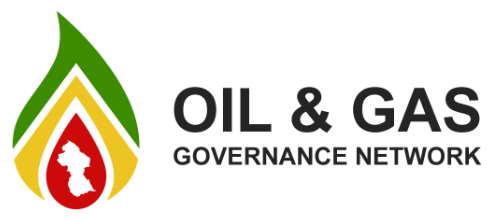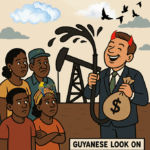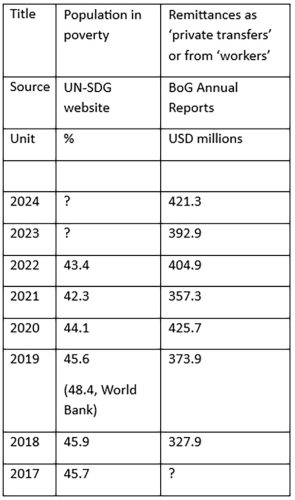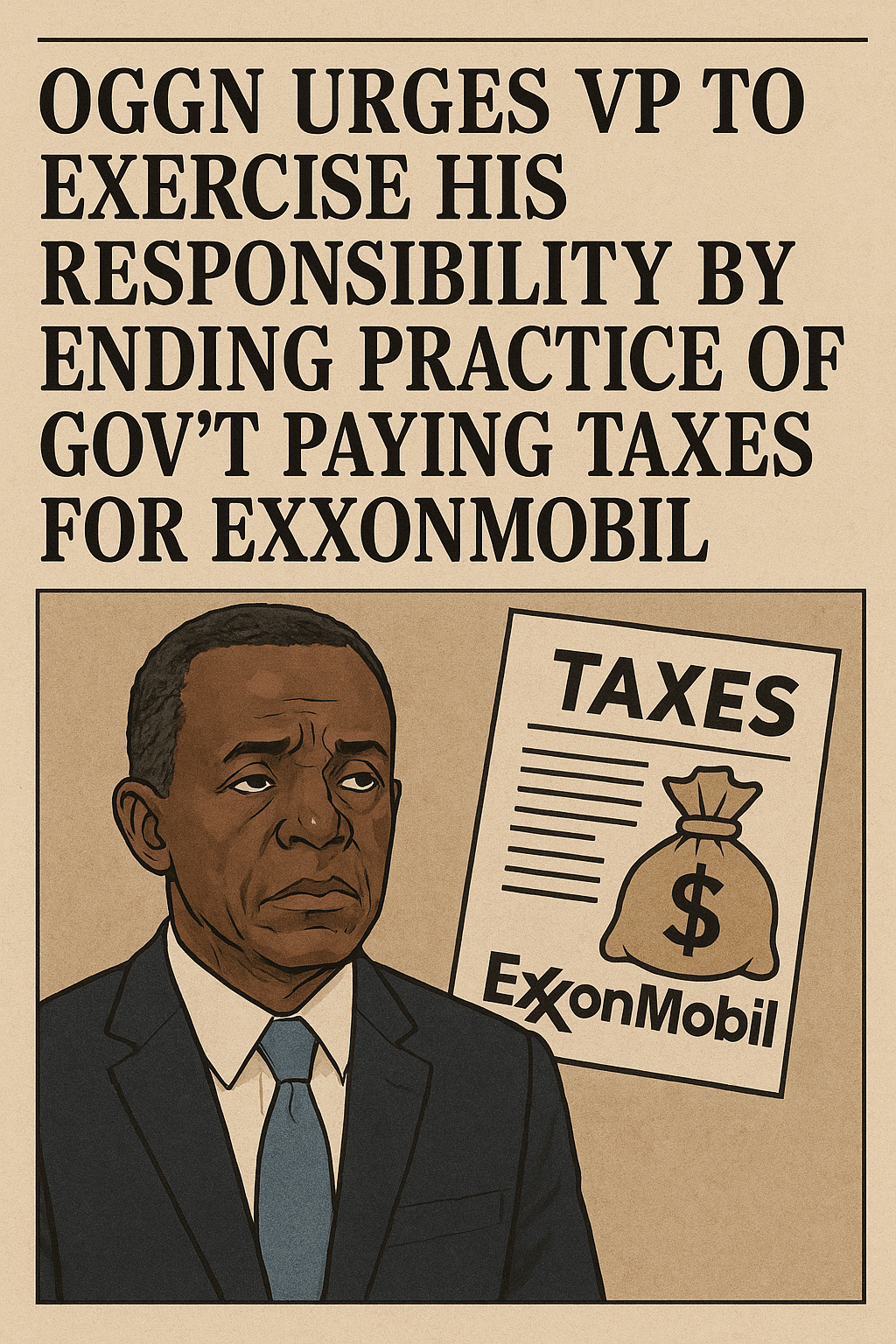The Oil and Gas Governance Network (OGGN) is following up on its letter on the apparently bogus claims about the creation of 50,000-60,000 new jobs with a query about Tara Singh’s claim on the halving of poverty in Guyana (https://www.stabroeknews.com/2025/06/08/opinion/letters/we-cannot-account-for-ppp-c-claims-of-employment-increases-of-50000-or-60000-new-jobs-over-2020-2024-period/) . Tara Singh made the claim about poverty reduction in his letter published by Stabroek News on 30 May (https://www.stabroeknews.com/2025/05/30/opinion/letters/unofficial-data-suggests-changes-to-hinterland-regions-high-ranking-on-guyanas-marginality-index/ ). He claimed that ‘Qualitative evidence indicates that since 2019, poverty has decreased by at least half’ and unemployment has been reduced to single digits’. He further asserted that ‘This aligns with one of the key objectives of the PPP/C government’s economic planning’.
Our analysis showed that the trend since 2020 (when unemployment was high because of the businesses closed or restricted due to the COVID-19 pandemic) may indeed have fallen to less than 10 per cent of the labour force in 2025. However, Singh’s claim on the halving of poverty in Guyana is not supported.
The Guyana common country analysis update 2024 on the United Nations website for progress towards the Sustainable Development Goals (SDGs) states ‘Estimates for the number of people living in poverty in Guyana vary widely, with the 2023 UNDP Multidimensional Poverty Index estimating a poverty headcount of 1.8 percent contrasting against recent World Bank and Inter-American Development Bank (IDB) publications that estimate poverty headcounts between 40 and 50 percent.’ (page 4) and ‘Guyana’s last poverty assessment was undertaken nearly twenty years ago. There is no up-to-date, disaggregated dataset on national poverty rates.’ (page 30) Source = https://tinyurl.com/4skkc4rs
Here we show that this source, whose data graphs end in 2023, show no reduction in the percentage of the Guyanese population living below the World Bank poverty line (USD 5.50/person/day from 2011 to 2022 for medium-high income countries like Guyana).
It would seem fair to suppose that remittances back to Guyana would fall as national poverty rates reduced. However, as we show in the table above, there is the contrary trend, of generally increasing remittances since 2018. There is a caution: the Bank of Guyana annual reports do not report remittances with consistent definitions. Sometimes these are labelled as ‘private transfers’, sometimes ‘worker remittances’, sometimes in tables, and sometimes only in text.
Given the evidence in this table, Tara Singh’s claim on the halving of poverty in Guyana is not supported by the economic data available to the public. We conclude that his claim is unsubstantiated and does not reflect the reality on the ground in Guyana.
Yours faithfully,
Janette Bulkan
Andre Brandli
Kenrick Hunte
Darshanand Khusial
Mike Persaud
Joe Persaud
On behalf of OGGN, www.OGGN.org







